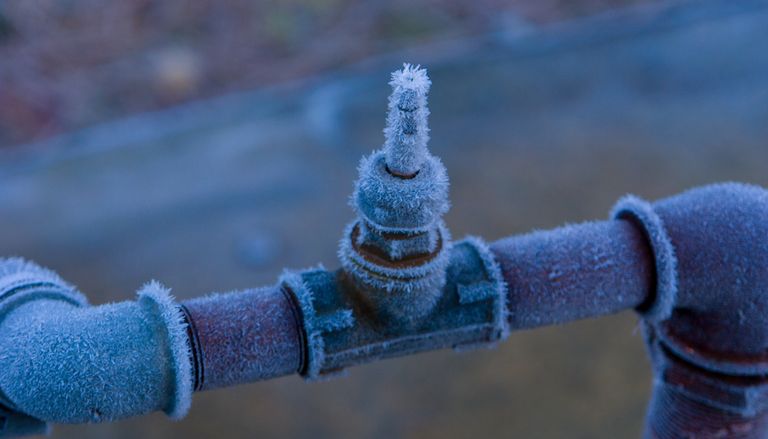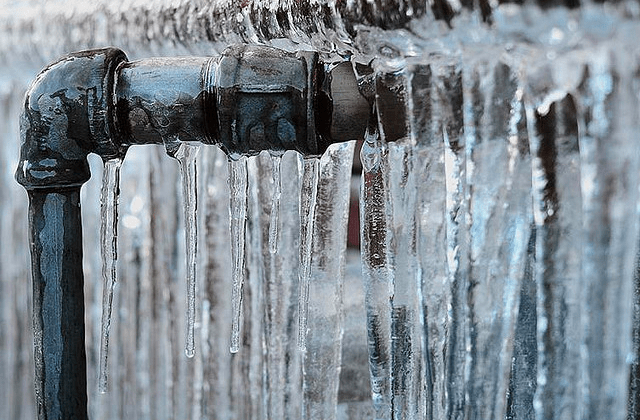Every person has got their personal thinking on the subject of How to Prevent Your Pipes From Freezing.

Cold weather can damage your plumbing, specifically by freezing pipelines. Here's just how to stop it from taking place and what to do if it does.
Introduction
As temperatures drop, the threat of icy pipelines boosts, potentially bring about pricey fixings and water damage. Understanding how to avoid icy pipes is important for home owners in chilly climates.
Avoidance Tips
Shielding prone pipelines
Cover pipes in insulation sleeves or utilize warm tape to secure them from freezing temperatures. Concentrate on pipes in unheated or outside areas of the home.
Heating strategies
Keep interior areas sufficiently heated, especially areas with plumbing. Open closet doors to enable cozy air to flow around pipes under sinks.
Exactly how to identify frozen pipelines
Look for reduced water flow from faucets, uncommon odors or noises from pipes, and visible frost on exposed pipelines.
Long-Term Solutions
Architectural changes
Consider rerouting pipelines far from exterior wall surfaces or unheated locations. Add extra insulation to attic rooms, basements, and crawl spaces.
Updating insulation
Invest in high-quality insulation for pipes, attics, and wall surfaces. Appropriate insulation assists maintain consistent temperature levels and decreases the danger of frozen pipes.
Safeguarding Outdoor Plumbing
Yard pipes and outside faucets
Separate and drain yard tubes prior to winter months. Set up frost-proof faucets or cover exterior faucets with protected caps.
Recognizing Frozen Pipes
What creates pipes to ice up?
Pipelines freeze when subjected to temperatures below 32 ° F (0 ° C) for extended periods. As water inside the pipes freezes, it expands, taxing the pipeline wall surfaces and possibly creating them to burst.
Dangers and problems
Frozen pipelines can cause water supply disturbances, residential or commercial property damage, and costly fixings. Burst pipelines can flood homes and cause substantial architectural damage.
Indications of Frozen Water Lines
Recognizing icy pipelines early can avoid them from breaking.
What to Do If Your Pipes Freeze
Immediate activities to take
If you suspect icy pipelines, keep faucets available to soothe pressure as the ice thaws. Make use of a hairdryer or towels taken in warm water to thaw pipes slowly.
Verdict
Protecting against frozen pipes calls for proactive actions and quick feedbacks. By understanding the reasons, indications, and preventive measures, house owners can shield their plumbing throughout winter.
5 Ways to Prevent Frozen Pipes
Drain Outdoor Faucets and Disconnect Hoses
First, close the shut-off valve that controls the flow of water in the pipe to your outdoor faucet. Then, head outside to disconnect and drain your hose and open the outdoor faucet to allow the water to completely drain out of the line. Turn off the faucet when done. Finally, head back to the shut-off valve and drain the remaining water inside the pipe into a bucket or container. Additionally, if you have a home irrigation system, you should consider hiring an expert to clear the system of water each year.
Insulate Pipes
One of the best and most cost-effective methods for preventing frozen water pipes is to wrap your pipes with insulation. This is especially important for areas in your home that aren’t exposed to heat, such as an attic. We suggest using foam sleeves, which can typically be found at your local hardware store.
Keep Heat Running at 65
Your pipes are located inside your walls, and the temperature there is much colder than the rest of the house. To prevent your pipes from freezing, The Insurance Information Institute suggests that you keep your home heated to at least 65 degrees, even when traveling. You may want to invest in smart devices that can keep an eye on the temperature in your home while you’re away.
Leave Water Dripping
Moving water — even a small trickle — can prevent ice from forming inside your pipes. When freezing temps are imminent, start a drip of water from all faucets that serve exposed pipes. Leaving a few faucets running will also help relieve pressure inside the pipes and help prevent a rupture if the water inside freezes.
Open Cupboard Doors
Warm your kitchen and bathroom pipes by opening cupboards and vanities. You should also leave your interior doors ajar to help warm air circulate evenly throughout your home.

As a serious reader on How to Prevent Your Pipes From Freezing, I imagined sharing that excerpt was smart. Please pause to promote this content if you liked it. Thanks for your time spent reading it.
Book 24/7